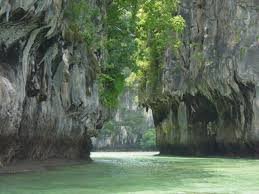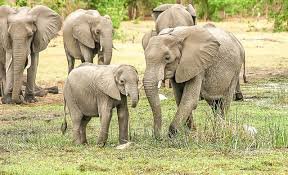Comoé National Park is one of the largest protected areas in West Africa, this park is characterized by its great plant diversity. Due to the presence of the Comoé river, it contains plants which are normally only found much farther south, such as shrub savannahs and patches of thick rainforest.
Comoé National Park is near the northeastern corner of Côte d’Ivoire, in West Africa. Its diverse terrain spans savannahs, grasslands and stretches of rainforest not typically found in the north. Running through the park is the long, fish-filled Comoé River. The park is home to chimpanzees, hippos and dwarf crocodiles, plus hundreds of bird species, including Denham’s bustards and yellow-casqued hornbills.
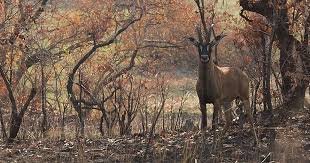
It is one of the largest protected areas in West Africa. It is characterized by its great plant diversity. The Comoé River, which runs through the Park, explains the presence of group of plants that are usually found further south, such as the shrub savannas and patches of thick rainforest. The property thus constitutes an outstanding example of transitional habitat between the forest and the savanna. The variety of the habitats engenders a wide diversity of wildlife species.
Comoé National Park is one of the rare zones in West Africa that has maintained its ecological integrity. The property is sufficiently vast to guarantee the ecological integrity of the species that it contains, on the condition, however, that poaching is reduced. The boundaries have been clearly established and defined to include the watersheds or ecosystems in their entirety. However, if the boundaries were extended to the Mounts Gorowi and Kongoli, the ecological value of the property would be greatly increased, as this area could provide the elephants with a particularly suitable habitat and also enable the protection of other important species.
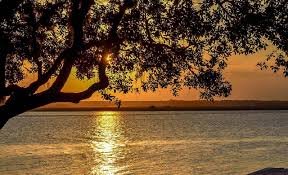
Story behind the Comoé Park
The area around the Comoé National Park was historically always sparsely populated. Most likely due to the relative barrenness of the soil, the presence of the river blindness disease around the Comoé river and the high density of Tsetse flies, which is a vector for sleeping sickness. In 1926 the area between the Comoé River and Bouna was declared “Refuge Nord de la Côte d’Ivoire”, which was enlarged later in 1942 and 53 to “Réserve de Faune de Bouna”, giving it some rudimentary protection. The area west of the Comoé river was added to the property on 9 February 1968 combined with an elevation to National Park status with an area of 11,500 square kilometres (4,400 square miles), making it one of the 15 largest National Parks in the World and the largest in West Africa. In 1983 the park was pronounced a biosphere reserve and a UNESCO World Heritage site, due to its unique biodiversity.
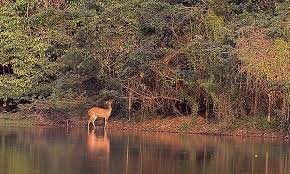
After the outbreak of the first Ivorian civil war the park was listed as a World Heritage Site in Danger in 2003, due to absence of management leading to poaching and overgrazing of the park by cattle. During the time between the two civil wars the park suffered greatly under intensive poaching. After the end of the Second Ivorian Civil War the park was able to recover again with the presence of the OIPR (park management) and the re-inauguration of the research station.
At Comoé National Park in Côte d’Ivoire, you can go canoeing, speedboating, climbing, and on safaris. You can also visit villages, see dances, and have picnics. You can engage is your favourite sport of Canoeing and speedboating (Take a trip) on the water, go Climbing: Explore the mountains, Night safari: See wildlife at night, walking safari: See animals in the savannah and forest.
For the Village visits you can see the ‘Lobi’ and ‘Dozo’ dances, and learn about the hunting people. You can also go Picnicking and Enjoy meals in the park.
Whenever you plan a trip to Ivory Coast, or find yourself in the country for business, work or pleasure ensure that you visit the Comoé National Park.
